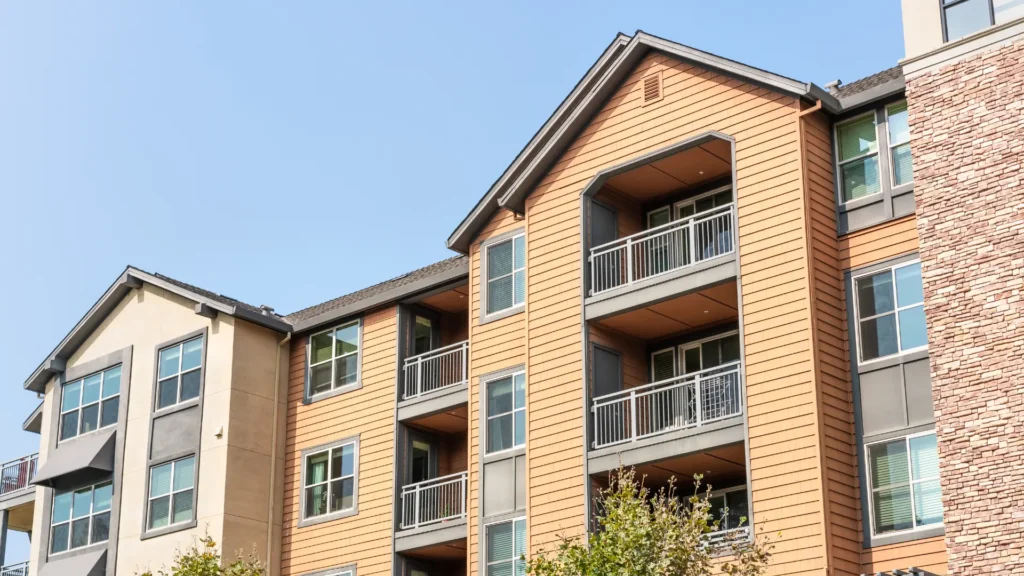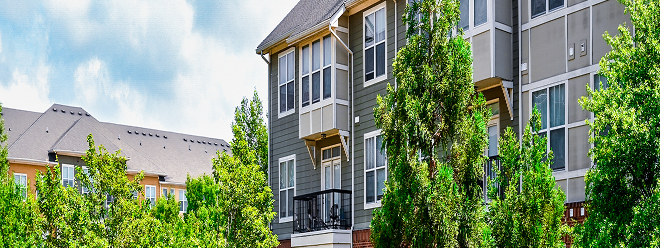If you’re still planning your properties around an HQS inspection, you’re not alone — but you might be behind. HUD’s new NSPIRE Standards are here, and they’re changing the way housing authorities, property managers, and real estate investors keep their properties compliant.
So what’s the difference between an HQS inspection and the new NSPIRE standards? And how can you avoid funding risks, costly repairs, and surprise re-inspections? Let’s break it down step by step — so you can keep your properties HUD-ready and your tenants safe.

What is an HQS Inspection?
Understanding Housing Quality Standards (HQS)
For decades, the Housing Quality Standards (HQS) have defined what “decent, safe, and sanitary” means for rental housing in the Housing Choice Voucher (HCV) Program — also known as Section 8. HQS inspections focused on basic criteria: the unit must have sound structure, adequate heating, safe electrical systems, and be free of obvious hazards.
If you’ve managed voucher units, you know this routine well: the local Public Housing Authority (PHA) sends out an inspector to check your units against the HQS checklist. Pass, and you keep your funding. Fail, and you scramble to fix issues or risk losing subsidies.
Common HQS Inspection Requirements
Some of the key points HQS inspections have historically covered include:
- Working plumbing and safe drinking water
- Functioning heating and cooling systems
- Proper sanitary facilities
- Safe electrical wiring
- Working smoke detectors
- Structural integrity (no major leaks, holes, or hazards)
On paper, HQS was clear enough. But in reality, inspections could vary widely from inspector to inspector — and many landlords found the standards didn’t always address hidden issues that could threaten resident health.
Limitations of HQS Inspections
Over time, the Housing Quality Standards proved too broad and inconsistent to keep up with modern safety expectations. Many owners and property managers ran into:
- Different standards for different HUD programs
- Vague definitions of what counted as a violation
- Little emphasis on resident health or safety beyond basic habitability
- No clear timeline for updating standards as risks evolved
These gaps are exactly why HUD launched NSPIRE — a new unified model designed to protect residents more effectively.
🔗 For more background on how an inspection works, read What is a HUD Inspection Like?

What are NSPIRE Standards? (HUD’s New Inspection Protocol)
How NSPIRE Improves on HQS
NSPIRE stands for the National Standards for the Physical Inspection of Real Estate. It replaces HQS and UPCS with one clear set of rules for all HUD-assisted housing — including public housing, vouchers, and multifamily units.
Unlike HQS, NSPIRE Standards are:
✅ People-centered: They focus on real conditions that affect residents’ health and safety, not just checklists.
✅ Unified: One set of rules for multiple HUD programs — no more bouncing between HQS and UPCS.
✅ Continuous: They’re updated every three years, with feedback from property managers, housing authorities, and residents.
If you’re used to HQS, think of NSPIRE as HQS 2.0 — clearer, stricter, and more modern.
🔗 Read the official HUD NSPIRE Standards overview
The 3 Inspectable Areas: Unit, Inside, Outside
One big shift is how NSPIRE divides a property into three “inspectable areas”:
1️⃣ Unit: The individual living space (bedrooms, bathrooms, kitchens).
2️⃣ Inside: Common areas like hallways, stairwells, building systems.
3️⃣ Outside: Site, exterior structures, walkways, parking areas.
Each area is scored based on its impact on resident health and safety — with the unit carrying the most weight.
Major Changes to Deficiencies and Correction Timelines
Under HQS, correction timeframes could vary. NSPIRE now defines them clearly:
- Life-threatening issues: Must be fixed within 24 hours.
- Severe issues: Must be fixed within 30 days.
For example, missing GFCI outlets near sinks are now flagged as a serious electrical risk — not a minor note.
🔗 For the legal details, read the Federal Register Final NSPIRE Rule

Key Differences: HQS Inspection vs. NSPIRE Inspection
Unified Standards vs. Multiple Programs
HQS was only for voucher units. NSPIRE applies to:
- Public housing
- Housing Choice Voucher units
- Project-Based Vouchers
- HUD-insured multifamily properties
If you manage mixed portfolios, this streamlines your process — but only if you adapt now.
Clear Scoring and Health & Safety Emphasis
With NSPIRE, there’s no more guesswork. Mold, infestations, CO detectors, fire doors, blocked exits — these aren’t vague recommendations. They’re clearly defined as deficiencies that directly affect your score.
Example: Under HQS, mild mold or pest issues might slip through. Under NSPIRE, they’re clearly prioritized for correction.
Stakeholder Feedback & Continuous Updates
HQS standards didn’t change much for decades. With NSPIRE, HUD commits to updating every three years, with input from property managers, inspectors, and residents. So staying compliant means staying current.
🔗 HUD updates info through the HUD Exchange NSPIRE Resource Hub

What This Means for Property Managers and Housing Authorities
Risk of Sticking with HQS Alone
If you plan only for an HQS inspection, you risk:
- Failing under the new NSPIRE scoring system
- Costly re-inspections and repair rush fees
- Potential loss of HAP contracts or funding
You can’t afford to assume “business as usual” — the rules have changed.
Why Pre-NSPIRE Inspections Are Essential
Think of a Pre-NSPIRE Inspection as your safety net.
It catches costly issues before they show up on your official HUD score.
✅ Find deficiencies early
✅ Get clear, documented action plans
✅ Stay ahead of correction deadlines
Want to get organized? Grab our Free NSPIRE Checklist and make sure nothing slips through the cracks.
Real-World Costs: CapEx vs OpEx
Fixing surprise issues after a failed inspection hits both your operating and capital budgets. It’s always cheaper to plan CapEx repairs proactively than rush them under the gun. Learn more about this trade-off in our post on CapEx vs OpEx.

How to Prepare: From HQS to NSPIRE Compliance
Step 1: Understand HUD’s NSPIRE Standards
Review the official NSPIRE resources and see what’s changed. HUD’s NSPIRE page is a great place to start.
Step 2: Schedule a Pre-NSPIRE Inspection
Bring in professionals who know how to apply NSPIRE scoring. A Pre-NSPIRE Inspection shows you where you stand and gives you time to fix issues.
Step 3: Fix Issues with Expert Help
Don’t DIY major compliance repairs. Use on-site repair teams who understand what HUD inspectors are looking for. Consider inspection shadowing too — it protects you on the day of your official inspection.
Step 4: Stay Ahead of Local Laws Too
Compliance isn’t just federal. Make sure you know your state’s inspection rules as well. This guide on Apartment Inspection Laws is a good start.

Why Choose NSPIRE Experts for HQS & NSPIRE Inspections
Decades of HUD Experience
We’re not general contractors guessing at compliance — we live and breathe HUD inspections.
Nationwide Teams and Fast Turnaround
We deploy teams anywhere in the U.S. within 48 hours, giving you the speed you need to fix issues before your deadline.
Flat-Fee Pre-Inspections & Real Client Wins
Transparent pricing, clear reports, and real success stories. You’ll see exactly what to fix and how — no hidden fees, no surprises.
Get a Free Quote Today
Don’t gamble with your funding. Let’s make your next inspection a success.
✅ Get Your Free Quote
✅ Download the Free NSPIRE Checklist
Stay Compliant as HUD Standards Evolve
The days of simple HQS inspections are over.
NSPIRE Standards are here — more modern, more consistent, and more focused on resident safety.
Stay ahead with the right partner and avoid nasty surprises when HUD comes knocking.
Ready to get started? Contact NSPIRE Experts today to schedule your pre-inspection and protect your funding.
